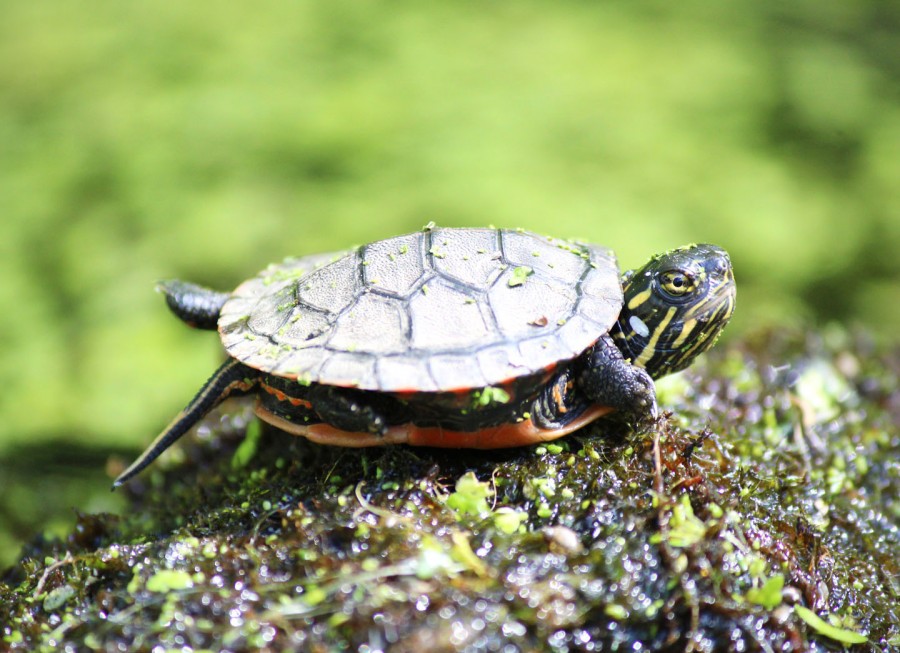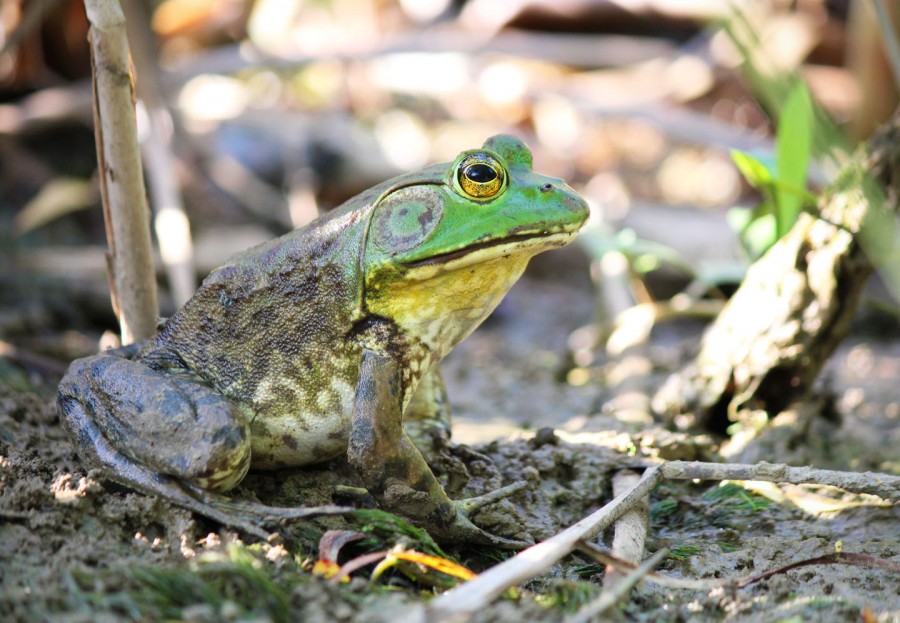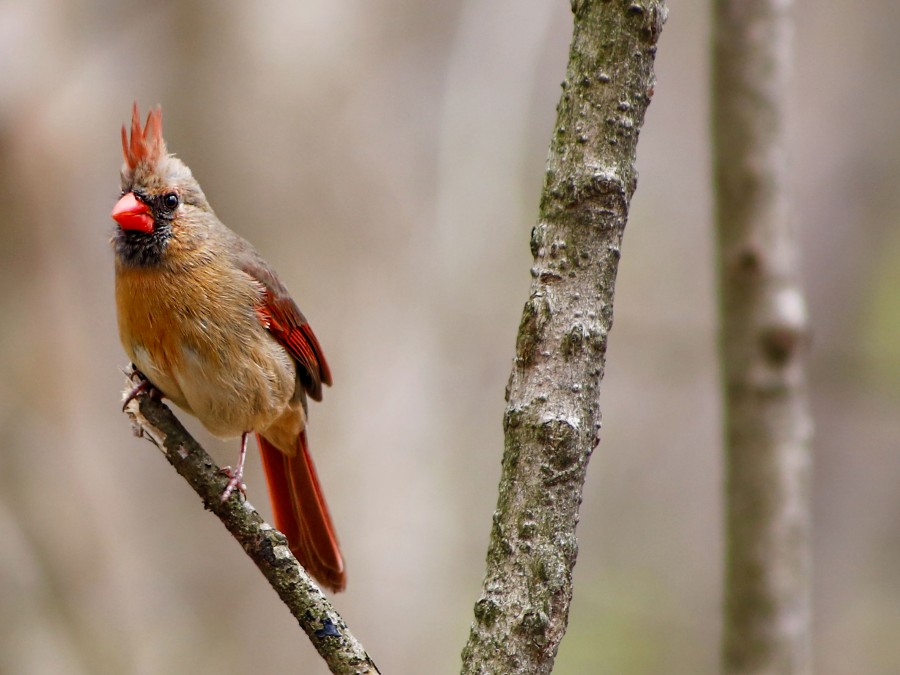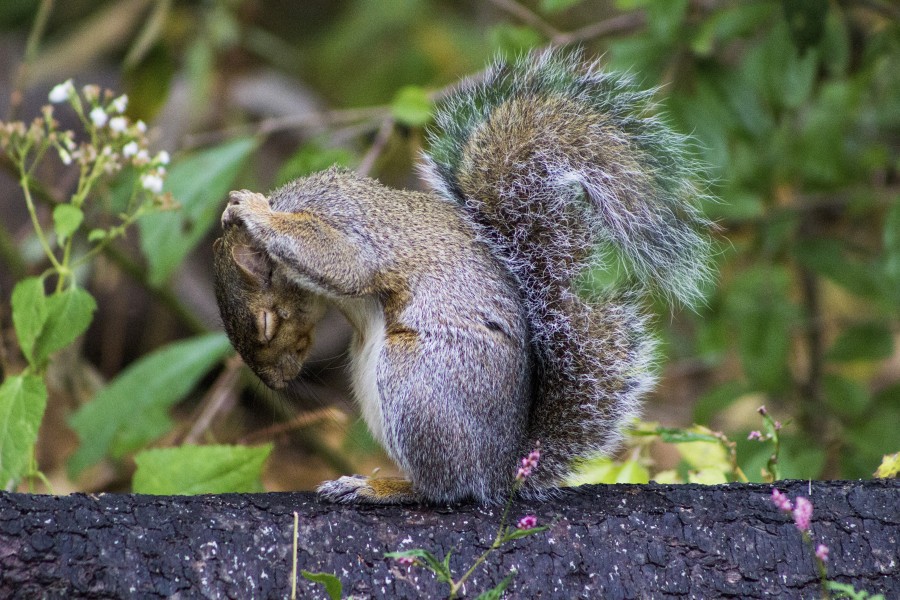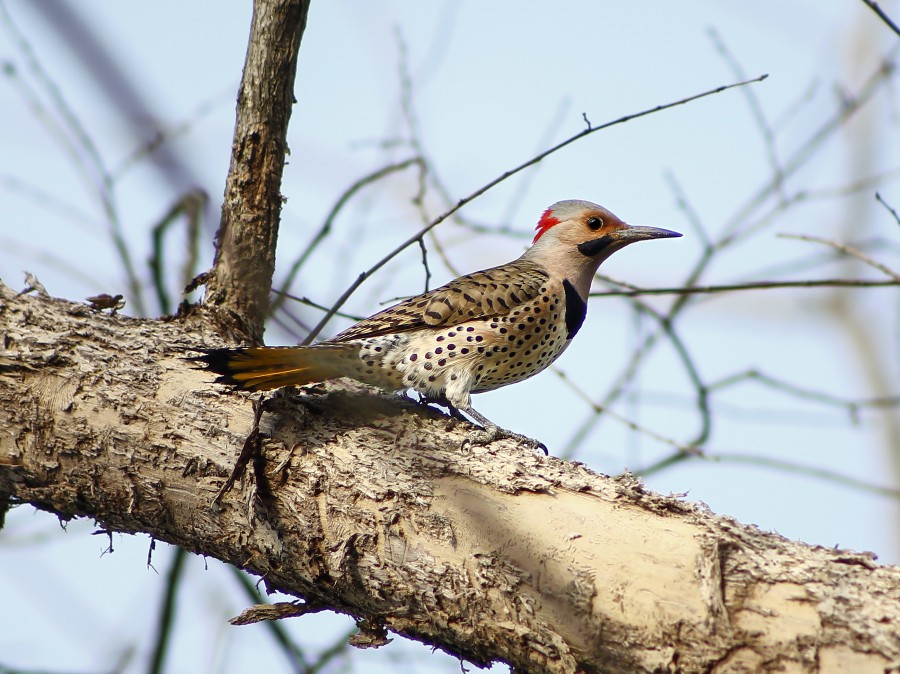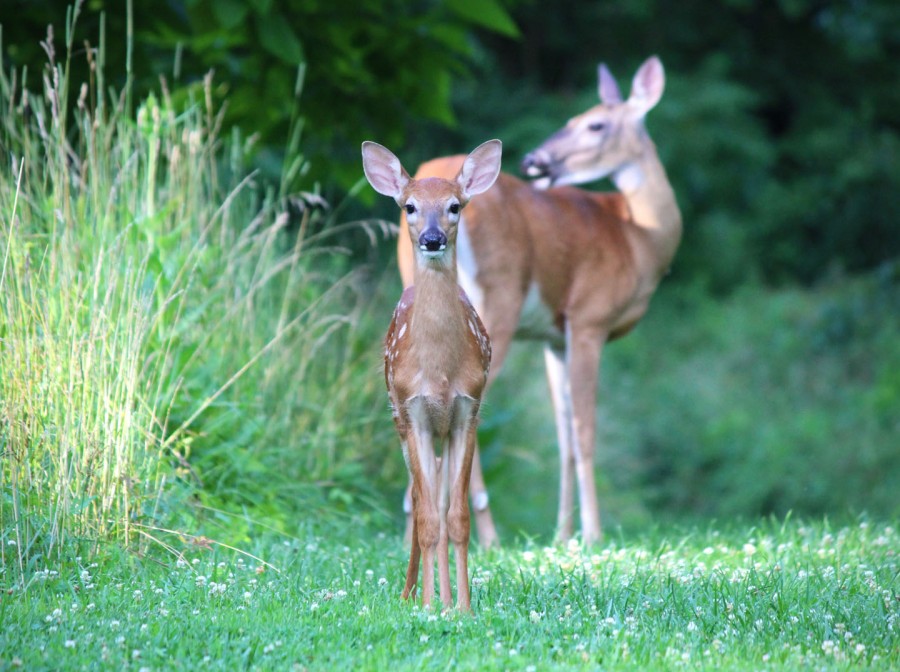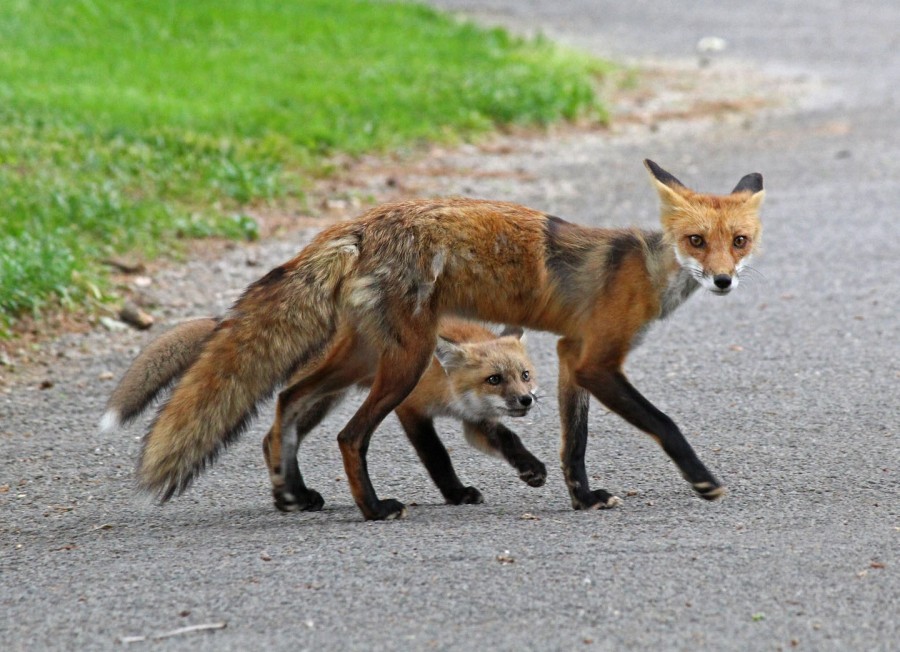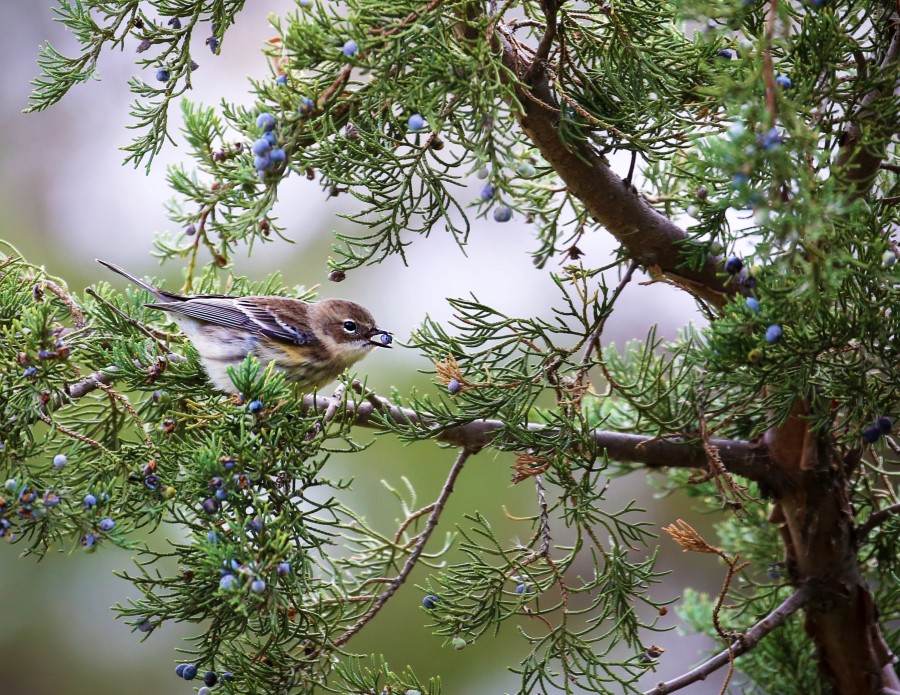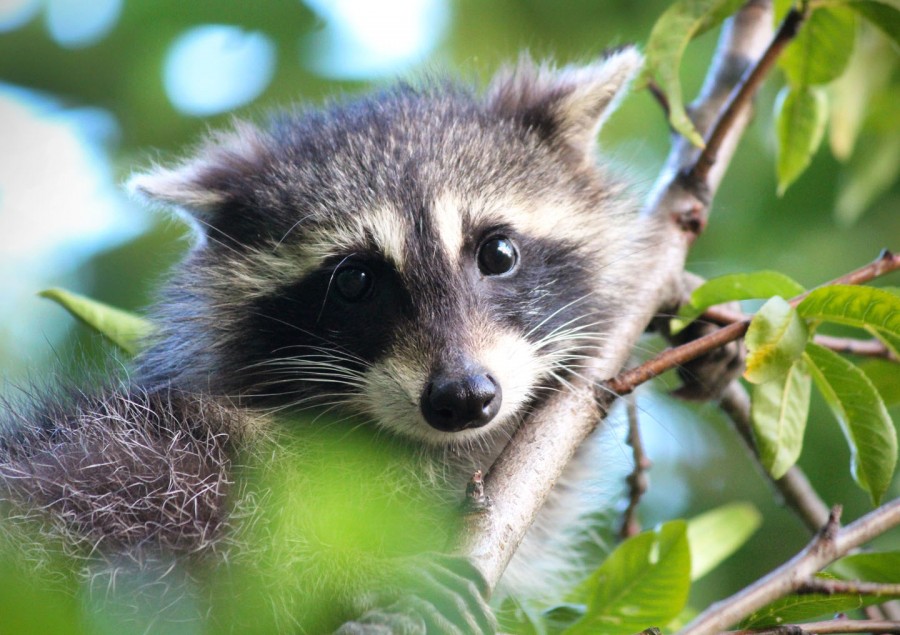Blog
Bigger Picture: Capturing Wildlife Together
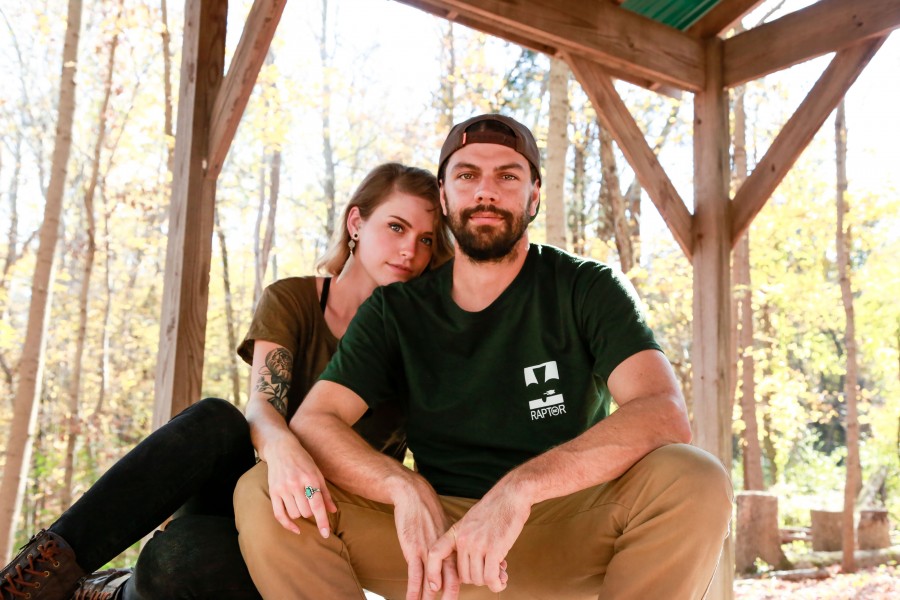
Nature is a place where some people go to be alone, collect their thoughts and hit reset. However, for photographers Megan Mahon and Jordan West, they thrive off of collaboration and while their work schedules may not always align, the times they do get to shoot together they push each other to become better at their craft. “I think that if you’re with someone who shares the same love and approach to the task then two heads are always better than one,” says Mahon.
We hope you enjoy our interview with this power couple and when you’re finished, grab a friend, hit the trails and start snapping.
Where does your passion for nature photography come from?
J: I would say my passion stems from simply wanting to see, experience and learn as much as I can about the life that surrounds us. There is so much that goes unnoticed and I want to show people what all is out there even in their own backyards. I hope to spark an interest in others to just become aware that we live in a much bigger picture and to get out and see as much as they can themselves. Also I'm very passionate about my subjects. I've experienced some of the most pure, innocent and beautiful situations between animals while shooting.
M: My passion has always been in capturing something unique to a moment. I think that when it comes specifically to nature photography, capturing a completely different culture and a completely different way of life different to ours is to capture little moments of an animal or a bird’s world. It’s about observing and catching one movement, look, hesitation or thought that goes through their mind; I think it’s a way to better observe their perspective and perhaps even make it known to those who wouldn’t think twice about it.
Often nature photography is perceived as a solitary activity, a single photographer moving quietly in the woods, waiting for animals to appear. Are there any, perhaps surprising, benefits to working with a partner?
J: I still to this day spend most of my time shooting solo only because Megan's work schedules differs from mine. However on the weekends we work quite well together. She may notice something I've overlooked or I may recognize a certain bird calling that she is unfamiliar with. I'd say the main benefit is just helping one another really scout out and spot what we may be looking for. I think we motivate each other equally and she constantly makes me want to better myself and my work. Plus she had graphic design and web experience which helps me out a lot. She definitely shows me the ropes around that kind of stuff. I'd say I'm quite lucky!
M: Absolutely! I think whatever approach works best for you is exactly what you should continue doing but I also think that if you’re with someone who shares the same love and approach to the task then two heads are always better than one. We give a lot of advice to each other when we’re out in the field; about specific species, how to go about shooting something, and just having good company to noodle over thoughts and observations with. I personally find it motivating that we’re both after a similar goal when we work.
What’s the most important quality a successful nature photographer needs to possess?
J: To me the most important quality a nature photographer or well in my case a wildlife photographer can possess is patience, hands down. I think Meg will agree. I can't tell you how many hours, days or weeks I've spent waiting for or returning to get the photo I've wanted.
M: Patience and endurance. It’s kind of like fishing, some days you don’t get anything and other days it’s like a buffet. But at some point it hits you that maybe you need to try a different tactic and that’s where endurance comes in, giving up isn’t really an option.
Do you search for animals or let the animals come to you?
J: I'd have to say a little of both. If nature is any one thing, nature is unpredictable. Anything can turn up at any minute, anywhere; especially on the bird side of things with migration playing in. If I know of something rare or maybe something we have on our list to photograph is in the area then we will go searching for it. However on a normal day I'll just pick a location, go out and make the best of it. If it wants to be seen it will be seen and if it doesn't, it won't.
M: It’s a little bit of both. Typically when it comes to birds, there’s ways to voluntarily draw them in at a close distance making it easier to shoot. Some people use calls, feeders, etc. With mammals and other species, it’s more so searching for routine locations that the animal would be found or is known to reside.
How do you pick your locations?
J: Nowadays I pick my locations by deciding what I want to photograph that day. I'll pick the correct habitat for whatever bird or animal I want to shoot. An example of that would be Barred Owls, one of my favorite subjects to shoot which I seem to have a good amount of luck with. They prefer old deciduous forest near water. I also have my favorite "spots" where I shoot most of my material around the city and that we frequent often...Cincinnati Nature Center, Fernald Preserve, Burnet Woods, East Fork State Park, Otto Armleder Memorial Park and Mt. Airy Forest.
M: One thing that I think we’ve both tried to strive in educating the public is that you don’t need to go on extravagant places to find amazing wildlife. Not to say extravagant places aren’t somewhere to explore, instead just to insure that there are great locations anywhere, close to home to get closer to nature and wildlife. We routinely visit parks and plots of land nearby where animals have been observed, pay attention to sightings online and constantly make an effort to reach out to new places that we have yet to see in the surrounding areas.
What piece of advice would you give to anyone interested in beginning to shoot nature photography?
J: My advice would be to educate yourself as best as possible about the natural world and the habitats that surround you specifically. I've learned more than I can imagine just by putting the time in, watching, waiting and photographing my subjects. Also I would suggest figuring out what you are passionate about; my passion obviously is in wildlife. What do you enjoy...landscapes, sunsets, wildlife, plants, etc.?
M: My advice would be to just start shooting; explore, observe at appropriate distances and learn all you can about your subject. Don’t be afraid to ask questions to others in the field and stay humble, the idea is to go unnoticed so let the animal/bird direct the composition.
What’s your go-to equipment?
J: I prefer to use Canon products and I usually shoot with a 300mm telephoto lens and sometimes a 400mm. I personally believe that it is not the camera that makes for a great photo but the time, effort, passion, knowledge and understanding of your subject that really shines through.
M: I am currently shooting with both a Canon 5D Mark III with an assortment of lens options. I also typically have a backup DSLR for filming or for an extra at-hand lens.
Where can people find your work online?
J : You can find both prints and a gallery of my photography online. I also post my photography daily on Instagram (@jtw86).
M: As of this moment my website is undergoing construction, but I keep both my Facebook and Instagram (@megnichon) up to date on current events and findings.
